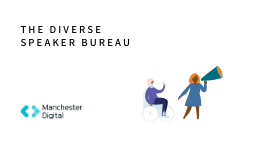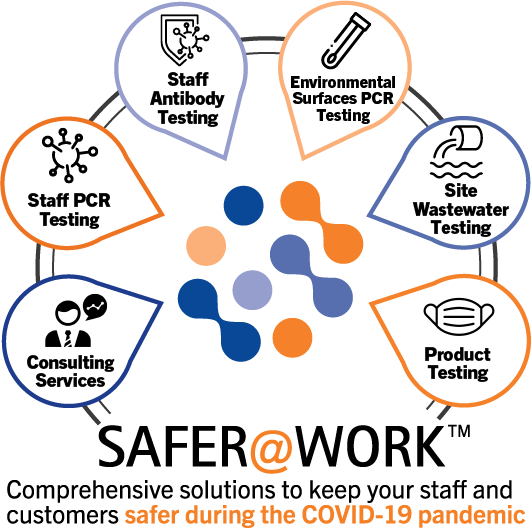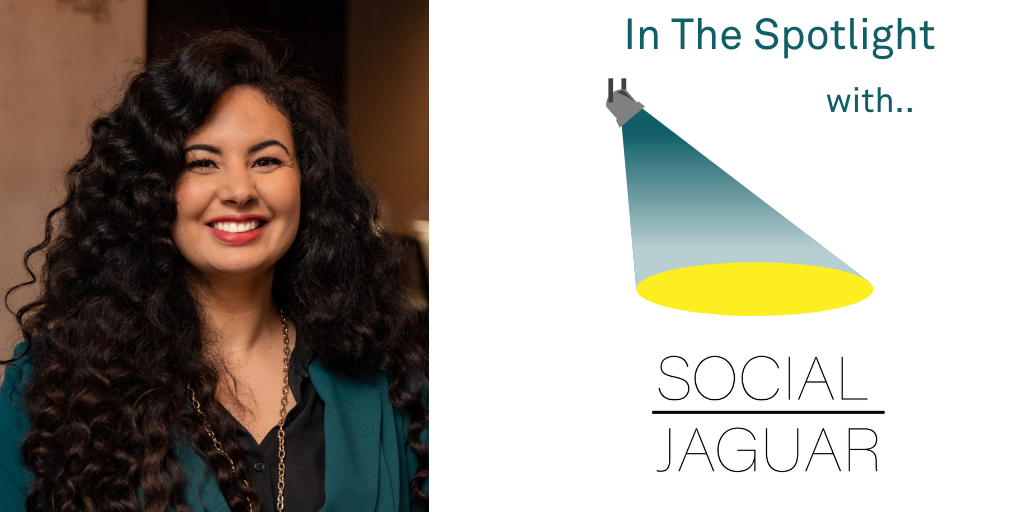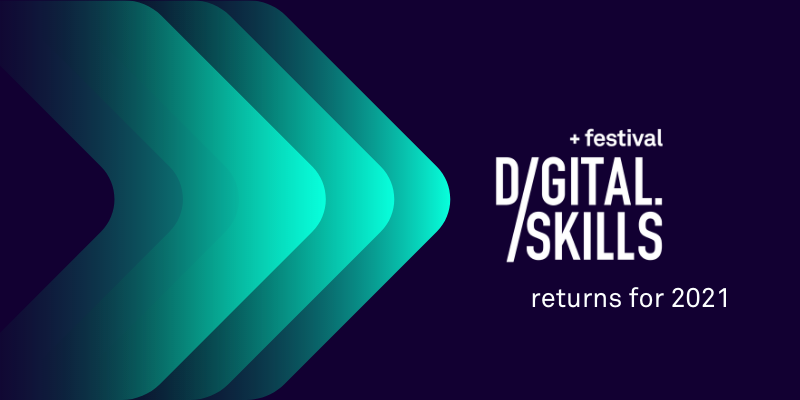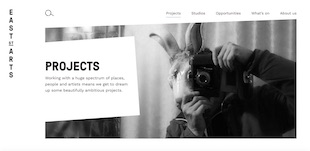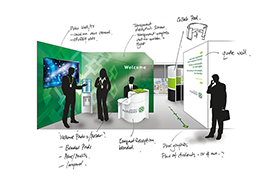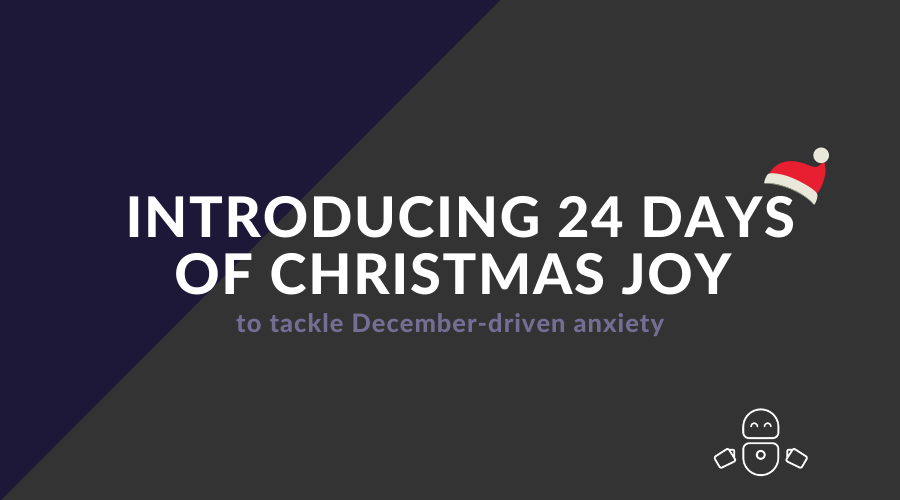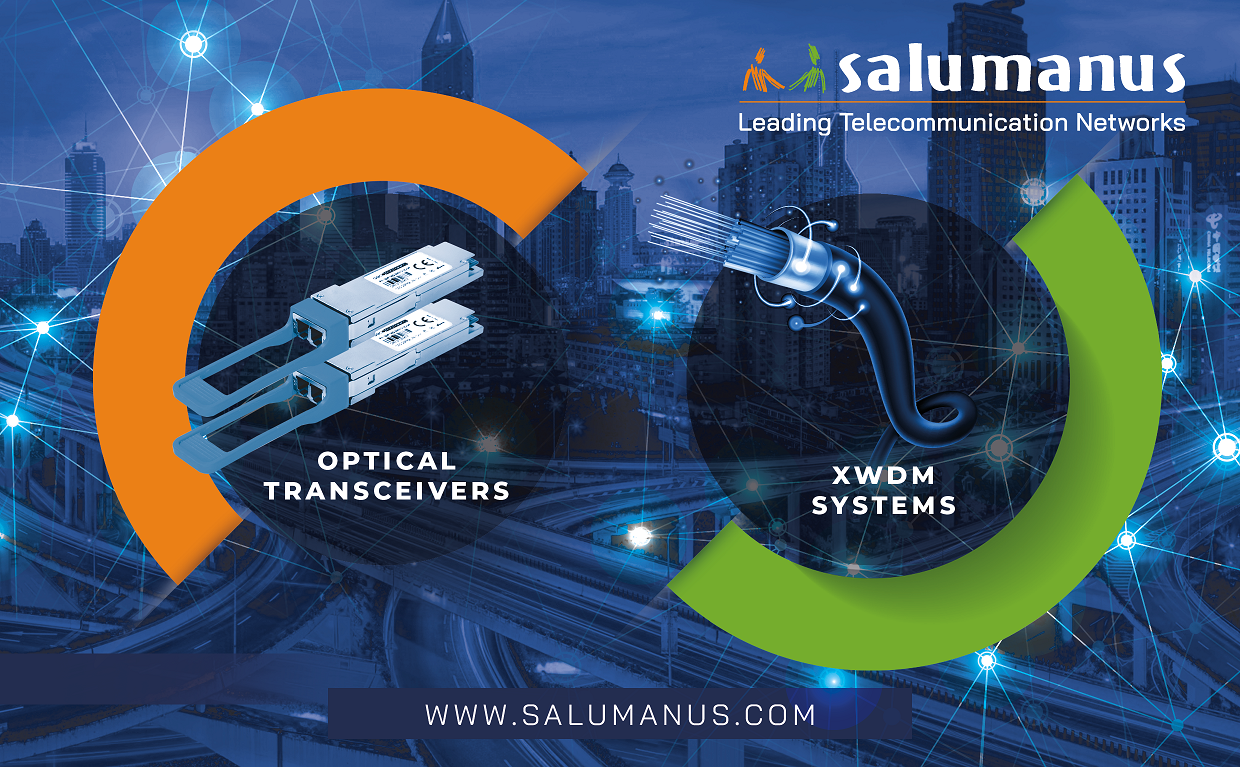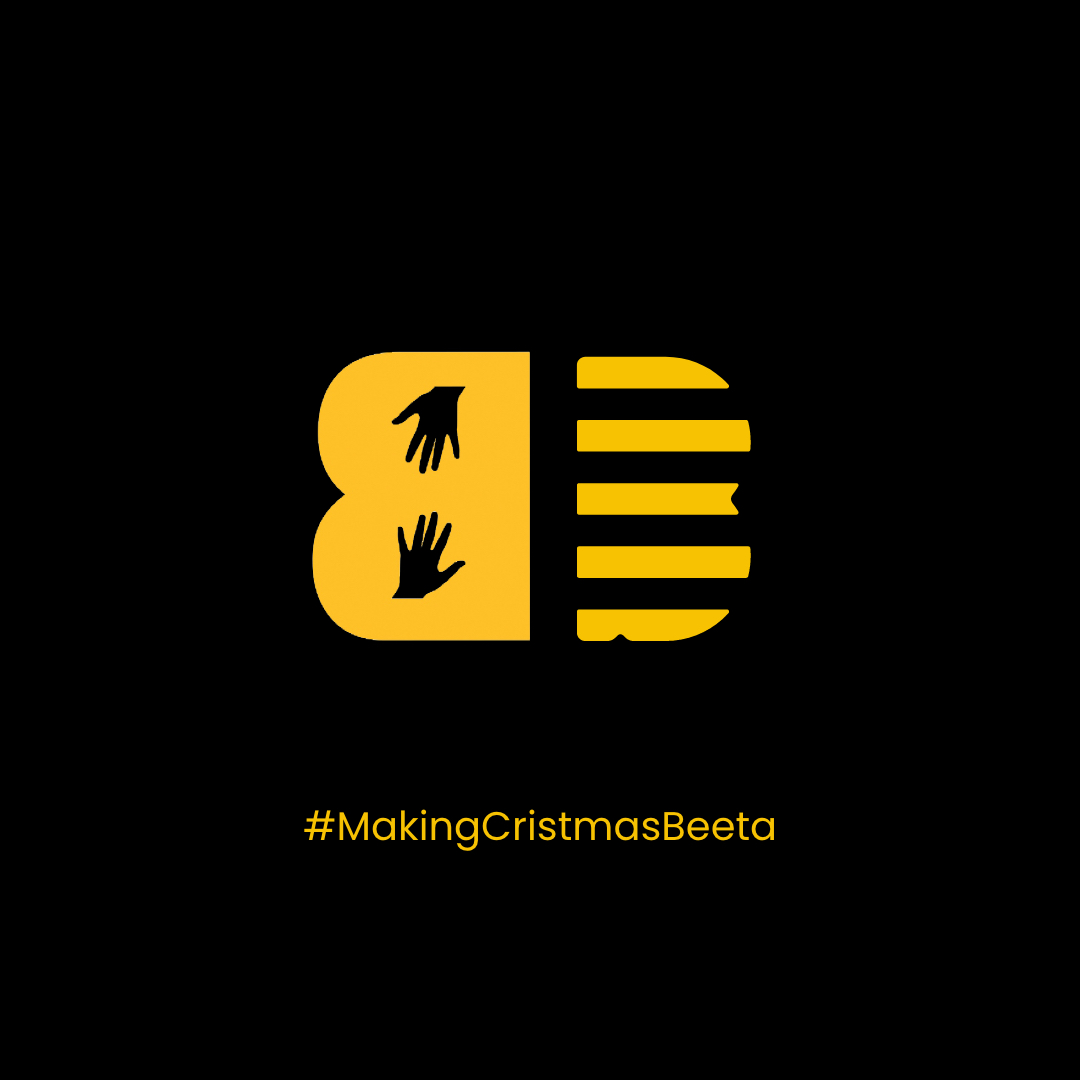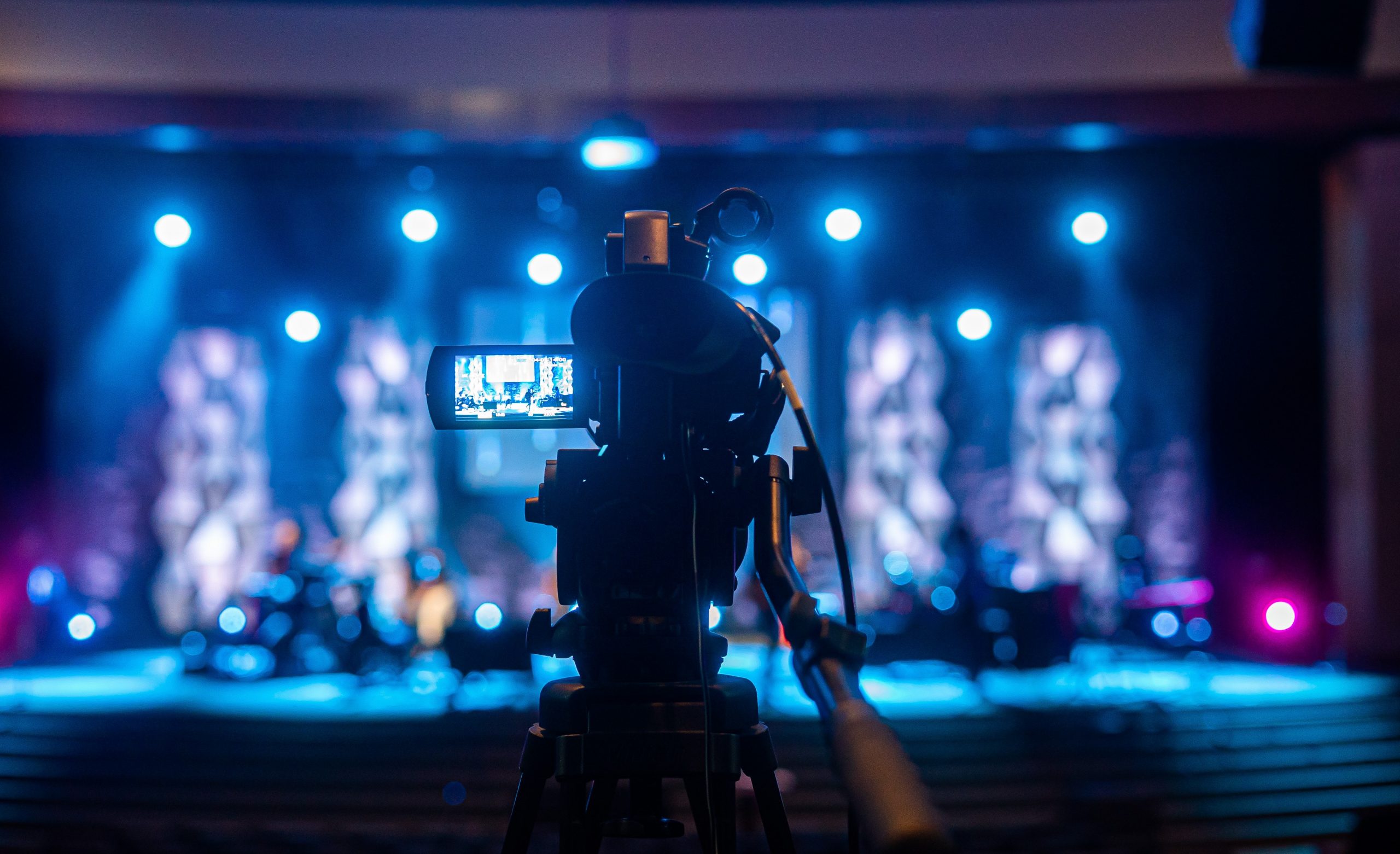
By now we have all heard the term ‘The Great Resignation’. Employees are leaving their posts in droves because they no longer feel engaged, valued or appropriately recompensed for their work. With poor communication and lack of quality discussions being cited as a common reason for high staff turnover, as well as a serious reason for people’s mental health being challenged, companies have had to turn to new avenues of employee engagement.
Previously, the focus has always been on the customer experience, but companies are now attempting to shift their focus to the employee experience as they have realised it is just as vital. Of course, some companies have returned to the tried and tested methods of communication; private intranets, annual get togethers, company apps and monthly newsletters. However, many workforces have felt completely isolated by these measures, people still working from home and people whose jobs mean that they don’t spend all day on a computer are finding themselves left out of conversations and relying on the trickle down method to find out company news. Anxiety and feeling off balance with these changes have ultimately forced employees to look at their wages and ask themselves what their employers value them at, and realised, not enough.
Employee engagement and experiences has to be at the forefront of a company’s mind now more than ever. Gone are the days of company privacy and none disclosure- the increased use of social media has meant there is a new transparency amongst workers, trading experiences and sometimes, warnings. Not to mention the rise of employee’s expectations around their work life balance and hybrid working, quite rightly people have come out of the pandemic with a new respect for their mental and physical health and are demanding to take more control over their working life. Companies have had to look at new, innovative methods for engaging and inspiring their workforce, as well as ultimately taking care of their mental wellbeing.
That’s where hybrid events are coming in, encouraging open, two-way communication in a cost-effective way. Employers are realising that their employees see their company from a completely different angle, and can offer valuable insight to find issues that are affecting productivity and daily life in their job roles. Employees are taking part in hackathons and problem-solving events, employees feel as though they have a voice and add value, and the unplugged can also be reached with the hybrid nature of the event. Taking part in these events creates a sense of pride and ownership over the company and they can always be linked back to the companies why, communicating the company mission.
By completing these events virtually and in person, companies can not only be respectful of people’s time, but can also allow for people to be included that are not usually working at a computer. The two-way communication in a hybrid event can also allow for Immediate recognition of issues that are raised, and for feedback to be given, which is essential for employee engagement.
As these events are cost-effective, they can be held more often than an annual event, which usually focuses on team building or the social aspect of the workplace. Meaning that effective communication of new initiatives can be rolled out to the entire workforce, with companies no longer relying on the cascade method, and companies can guarantee that the message is not being diluted. Not to mention, larger companies become personalised once again, with some workers never personally meeting their director, they can put a face to the company and see how valued their experiences and engagement is to the people at the top.
Chameleon have been integral to this method of employee engagement this year. In May, we did a job with Convatec where we helped them engage their global workforce in the launch of their refreshed brand. For this, people in offices and factories around the world got together to watch the event and interact with a tool called Slido. This meant people who usually wouldn't always be sat at a desk had the time allowed in their working day to come and watch and take part.
It was incredible to see an entire workforce come together and have a singular experience, and we hope to be able to help many more companies engage their workforce in this way later on this year.
